The Haunting 1963 is a horror classic. KAYLEIGH MARIE EDWARDS reveals some interesting facts
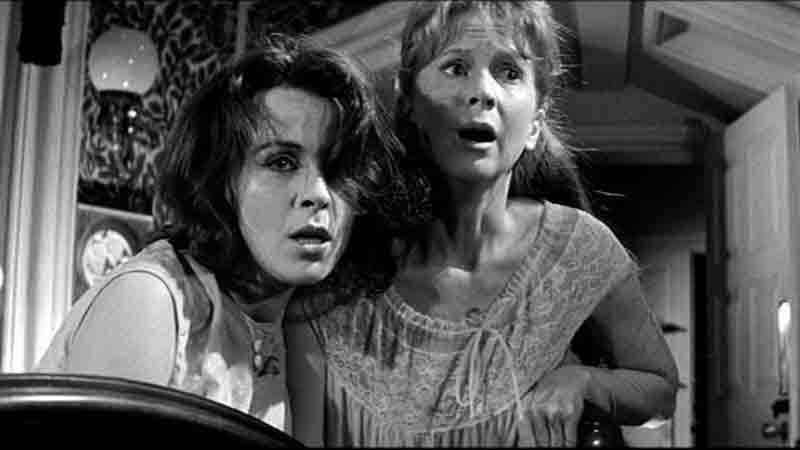
Robert Wise’s 1963 ghostly classic is a staple of the British horror genre, and beloved by horror fans everywhere.
Based on the novel ‘The Haunting of Hill House’ by Shirley Jackson, and shot in black-and-white, The Haunting 1963 immerses the viewer in the kind of suspense and atmosphere that we seldom get to enjoy in the world of modern horror.
A small group is invited to take part in a supernatural study in a Hill House, which is rumoured to be haunted.
However, one of the participants, Eleanor, appears to be the main target of the supernatural activity – but how much of it is in her mind?
1.) The character Theodora is gay.
Back in 1963, this was still quite controversial, so scenes in The Haunting 1963 which there is physical contact between Theo and Eleanor were kept to a minimum (except for scenes in which the characters were huddled together in fright), to ensure that the character’s sexual orientation was subtle.
The original script of The Haunting 1963 even contained a scene in which Theo has just broken up with her partner. But Wise cut the scene, believing it to be too ‘explicit for a film that worked hard to make things implicit’.
2.) The Haunting 1963 was shot in Britain instead of America because of a disagreement over the budget.
Wise insisted that he needed a bigger budget, but MGM wouldn’t provide more than 1million. Instead, Wise brought the film to MGM London, who gave him a budget of 1.1million.
He acquired a list of haunted houses in England, and proceeded to shoot The Haunting 1963 in the UK.
Thanks to this decision, Britain is able to boast a movie that is universally recognised as one of the most effective cult horrors ever created.
3.) Stephen King is a fan of The Haunting 1963, and briefly discusses it in his book of essays, Danse Macabre.
If you look closely, you can see the influence it may have had on one of King’s particular character archetypes.
When Eleanor arrives at the house in The Haunting 1963, she is ‘greeted’ by a caretaker called Mr. Dudley, who simultaneously lets her in and warns her off.
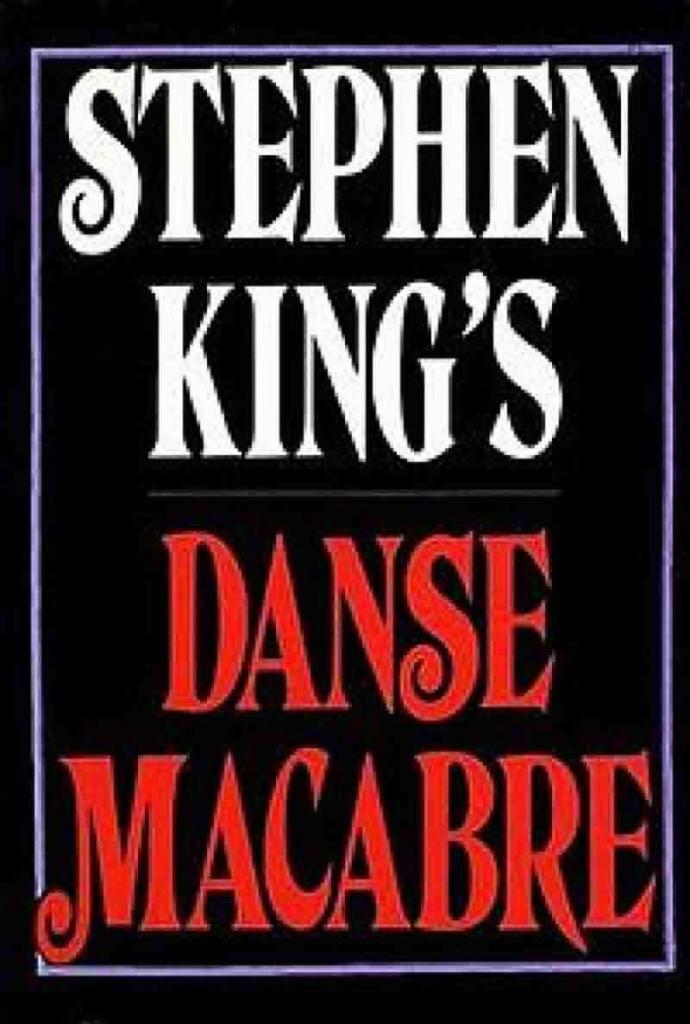
His wife, Mrs. Dudley, provides the same function, but elaborates on the warning – telling each guest that they’ll be alone in the dark with no available help. Mr. Dudley has a particular accent that is shared with a well-known King character, Jud Crandall (Pet Semetary).
He is like both Dudleys combined, with a thick, Southern American accent, and the function of warning the protagonist of supernatural hazards. Several of King’s stories include this particular character type, and the most common indicator that you’ve encountered one is the Dudley accent.
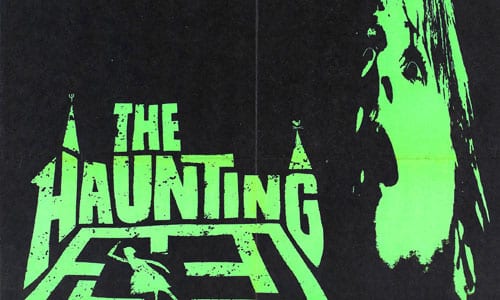
4.) Before the script was finalised, the possibility of setting the entire ghost story and the other characters in Eleanor’s imagination was discussed.
Instead of a house, she’d be in a hospital, and the scary noises would be caused by other patients.
However, since the original novel was a straight up ghost story, Wise decided to scrap that idea and stay more loyal to the source material.
5.) There are several scenes in The Haunting 1963 in which the characters talk over and interrupt each other when they’re speaking.
There are also scenes in which the characters are all in the same room together, but are split into pairs and engaging in separate conversations simultaneously.
The result is that it’s sometimes difficult for the viewer to understand the dialogue, or focus on what any particular character is saying.
Only a very small percentage of films have scenes of dialogue written this way, and though it creates some confusion, the result is that the scenes and characters are more naturalistic, following dialogue conventions often experienced in real life.
Wise’s intention was to create tension between the actors, and therefore the characters, and also to set the audience on edge, for the purpose of heightening the slow-building suspense.
6.) Perceptive fans have highlighted several ‘continuity errors’.
There are scenes in which characters exit through doors to the right, only to emerge in hallways from the wrong direction.
During the scene in which Eleanor is climbing the spiral staircase, daylight can be seen streaming in through one window, whilst another window shows us the night’s sky.
However, these are not mistakes at all, but intentional details that were written in to disorientate the audience so that they may experience Eleanor’s confusion.
Skewed camera angles and rapid edits were also used to exaggerate the audience’s sense of disorientation.
7.) During filming, Julie Harris was actually suffering from depression in real life, which she used for her portrayal of Eleanor.
Apparently, she often cried before takes, and kept herself segregated from the rest of the cast and crew during breaks.
Though fellow cast members, particularly Claire Bloom, interpreted this as Harris being anti-social, Harris later explained that she isolated herself in order to stay in character and to give a more sincere portrayal of the character’s mental illness.
Where was The Haunting (1963) movie filmed?
8.) Exterior shots were filmed on location at Ettington Hall (now known as Ettington Park Hotel), in Warwickshire.
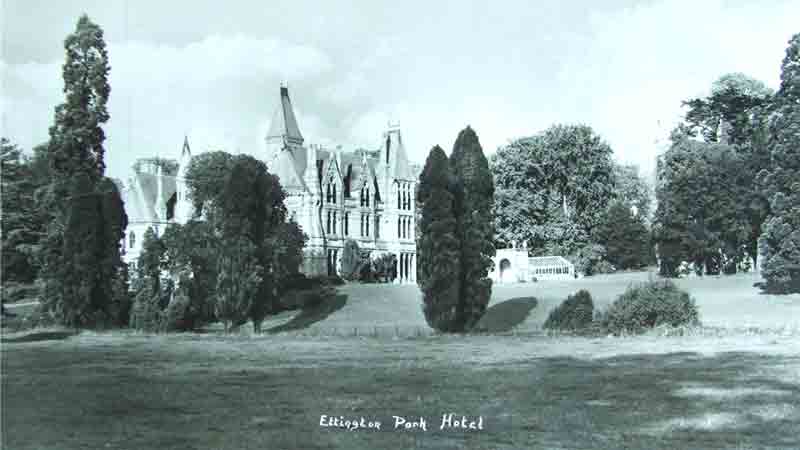
It is a grade 1 listed gothic building, which the cast and crew found spooky. Interior shots, however, were actually filmed on sets designed by the late Elliot Scott, and filmed at MGM-British Studios.
The sheer level of detail makes these interior sets masterpieces, complete with decorated ceilings to create a claustrophobic visual effect. Elliot Scott also worked on sets for the Indiana Jones franchise, and Jim Henson’s Labyrinth, amongst many others.
You can read about Ettington Park Hotel here.
9.) In 2015, The Nostalgia Critic (an American YouTube celebrity, known for his creative and hilarious movie reviews) posted a ‘compare and contrast’ review of the original movie and its 1999 remake, directed by Jan de Bont.
In his 30-minute review (approx.), The Nostalgia Critic proceeded to essentially bury the remake under criticism, highlighting what he felt were mistakes about the changes that were made.
These changes most noticeably included vast deviations from the original script (which many fans agree were ineffective and less frightening), ‘unsatisfactory’ CGI that hinders, rather than emphasises, the horror, and the blatant over-sexualisation of Theo, played by Catherine Zeta-Jones.
10.) The Vampire Connection: I have a theory that every actor in the world, even if they have never acted in a vampire film, can be traced back to our fangy friends.
Here come the links from the main cast of The Haunting 1963…
- Julie Harris (Eleanor) plays Roz Carr in Michael Apted’s ‘Gorillas in the Mist’ (1988), which stars Sigourney Weaver. Weaver also stars in James Cameron’s ‘Aliens’ (1986), alongside Bill Paxton and Lance Henrikson. These two actors play a couple of particularly mean-spirited vampires in Kathryn Bigelow’s 1987 classic, ‘Near Dark’.
- Claire Bloom (Theo) plays Queen Mary in Tom Hooper’s 2010 academy award winning ‘The King’s Speech’, featuring Helena Bonham-Carter, who also appears in The Harry Potter film series. In this film series, we see David Tennant, who we also know as Peter Vincent in the 2011 ‘Fright Night’ remake (directed by Craig Gillepsie).
- Richard Johnson (Dr. Markway) appears as a ‘Distinguished Gentleman’ in ‘Lara Croft: Tomb Raider’ (2001, directed by Simon West), which features Chris Barrie as Croft’s butler. Barrie is more well-known as Arnold Rimmer in the British TV show, ‘Red Dwarf’, which also stars Danny John-Jules. John-Jules made, what some may consider, a surprise appearance in Guillermo del Toro’s 2002 ‘Blade II’.
- Russ Tamblyn (Luke) is credited for the role of ‘Son of a Gunfighter’ in Quentin Tarantino’s ‘Django Unchained’ (2012). Tarantino, of course, wrote the screenplay and co-starred alongside George Clooney in the fantastic crime/vampire film, ‘From Dusk Till Dawn’ (directed by Robert Rodriguez, 1996).




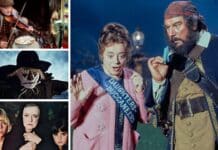
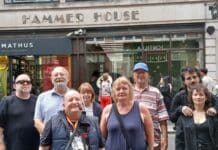


One question about The Haunting I have never got an answer to. In adapting the novel to the screen, Why did they change the name Dr. Montague to Dr. Markway?
Regarding connections to vampire movies – Russ Tamblyn also appeared in Dracula Vs Frankenstein . .so the Tarantino connection is unnecessary
That’s a very good question.
To me,,my opinion the first one sounds french or international.
The second one sounds american/brittish.
I could quote this movie line for line.it’s my favorite movie
I grew up in Ettington and used to walk home alone in the dark past the hotel one a week coming back from Venture Scouts!
I love the film, the place and horror!
BEST FILM EVER!
Great article. Some juicy facts!
Thanks Mark, I’d love to go see Ettington Park Hotel – sounds like a fantastic place to visit! Can’t imagine what it would have been to walk past alone!
i have watched the 1963 version since i was a child. i have always been interested in any color stills that may exist to get a true feel for the strangeness and gaudiness of the house’s decor. countless google searches have been fruitless. do any color images exist anywhere?
Richard Johnson also played a vampire in The Monster Club, so no extra link there either…
My sister and I were aged 8 and 6 in 1963. I think we saw “The Haunting” when it came out and it’s been my favorite ghost movie ever since. (I also watched the “Dark Shadows” TV show when it originally aired). Our parents obviously did not have a problem with us watching scary shows! “The Haunting” (1963) is still one of the best films of the genre. It is scary without succumbing to the modern-day blood and gore. You never SEE anything; the sounds alone are frightening. I can’t say how many times I’ve watched it, but it’s a lot! Any time it’s on TV I’ll tune in. As a true-life paranormal investigator I find it very interesting, too. (Maybe that’s what sent me on that path?).